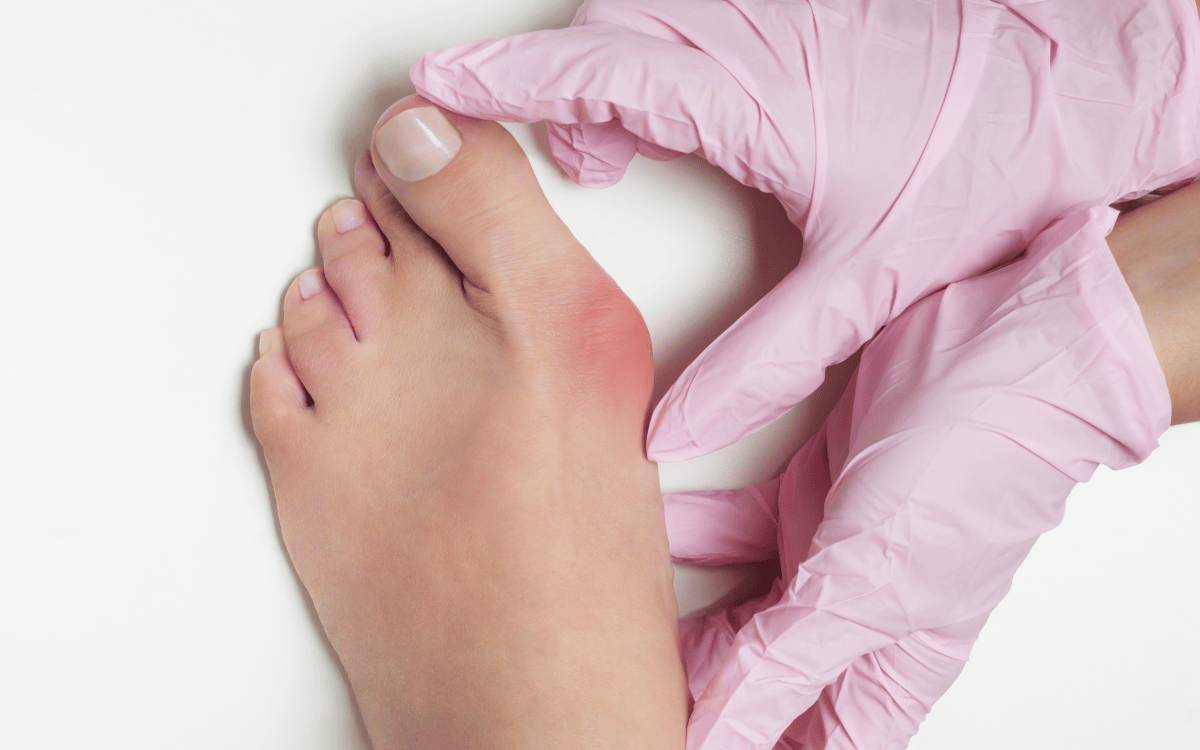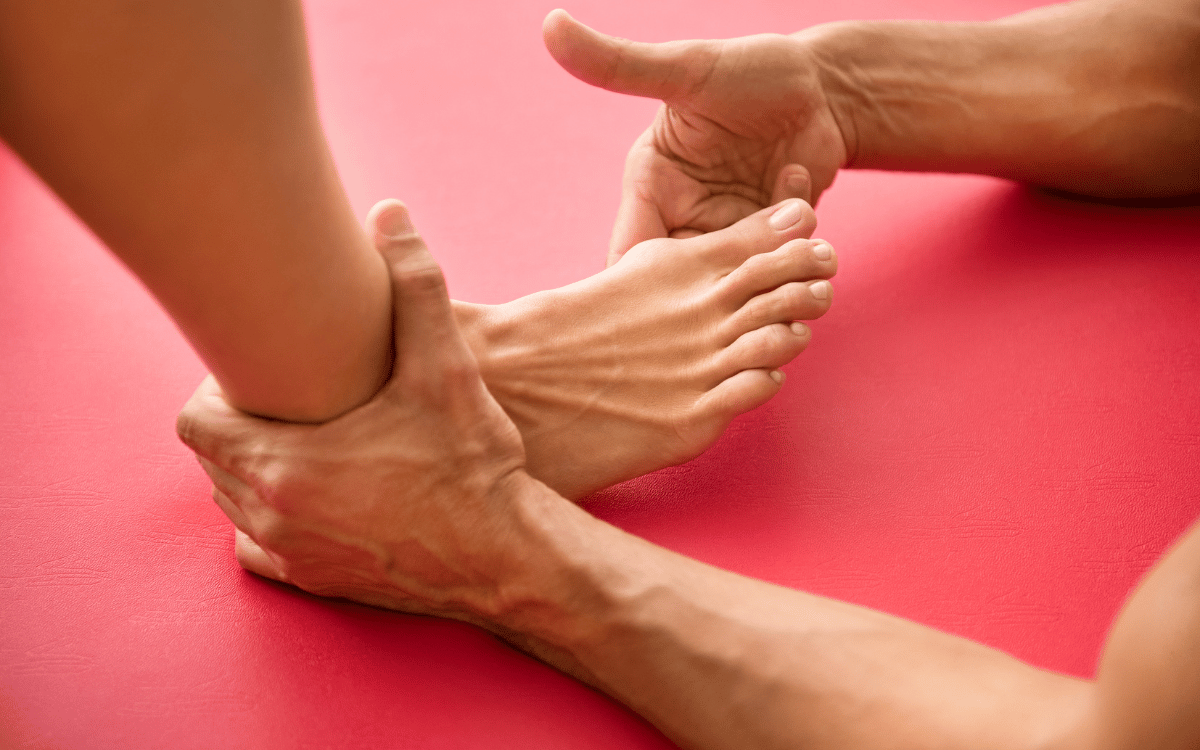Understanding Bunions: Causes and Symptoms
Bunions are bony protrusions that develop at the base of the big toe, often causing pain and discomfort. They occur when the big toe pushes against the next toe, forcing the joint of the big toe to stick out. This misalignment can lead to swelling, redness, and difficulty in wearing shoes.
Common causes of bunions include genetic predisposition, wearing tight or ill-fitting shoes, and certain foot conditions like arthritis. Symptoms can vary from mild discomfort to severe pain, making it essential to recognize them early for effective management and treatment options.
Treatment Options for Bunions
Addressing bunions typically involves both conservative and surgical treatment options. Conservative treatments include wearing wider shoes, using orthotic devices, and engaging in physical therapy to strengthen foot muscles and alleviate pain.
In more severe cases, surgical intervention may be necessary to realign the toe and remove the bony prominence. It's crucial to consult with a podiatrist to determine the most appropriate treatment plan tailored to individual needs and lifestyle.
Preventing Bunions: Tips for Foot Health
Preventing bunions involves adopting healthy foot care habits. Choosing shoes that provide ample space for the toes, avoiding high heels, and maintaining a healthy weight can significantly reduce the risk of developing bunions.
Additionally, performing foot exercises to strengthen the muscles and improve flexibility can help in maintaining proper foot alignment. Regular check-ups with a podiatrist can also assist in early detection and prevention of bunion formation.
When to See a Podiatrist for Bunions
If you suspect you have a bunion or are experiencing persistent foot pain, it is advisable to consult a podiatrist. Early intervention can prevent the condition from worsening and lead to more effective treatment outcomes.
A podiatrist can provide a thorough evaluation, recommend appropriate treatment options, and guide you on lifestyle changes to manage symptoms effectively. Don't hesitate to seek professional advice if you notice swelling, redness, or difficulty in walking.



